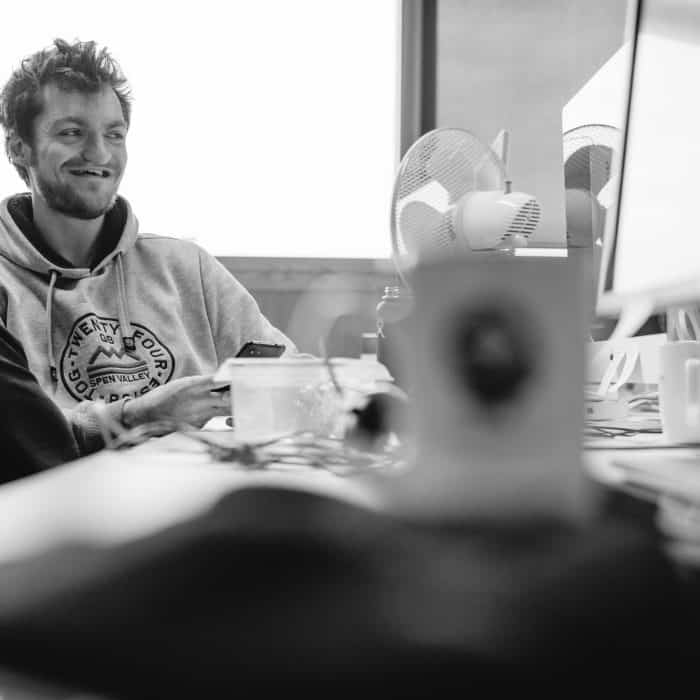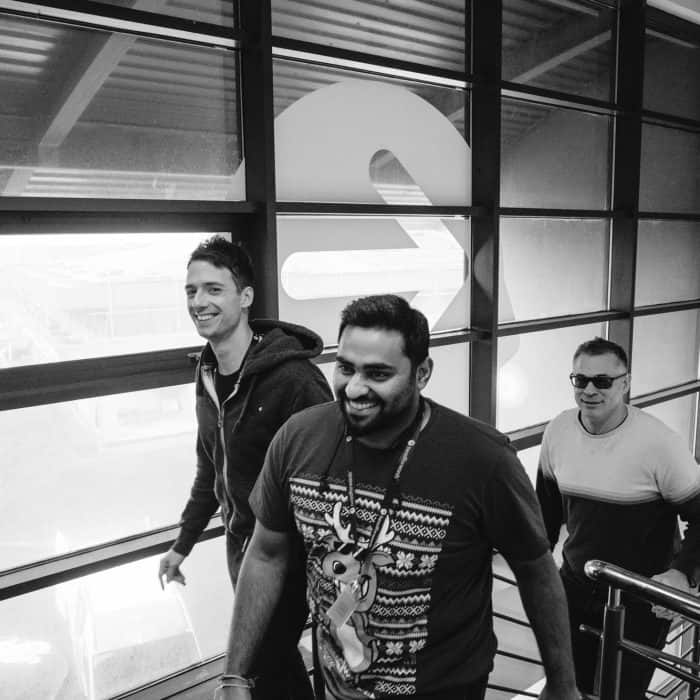4. Pick the right battles at the right time, and act with humility.
Another situation most of us will have come across is when a customer, end-user, client, or manager tells us everything is essential. Just as completing some tasks or features will have a more significant impact, changing some processes or workflows will likely deliver greater rewards than others. The Pareto principle states that for many outcomes, roughly 80% of consequences come from 20% of causes (the 80:20 rule). You can find this pattern across various fields – marketing, economics, sports, health and safety, and computing.
When changes are negotiated rather than dictated, they are much more likely to take hold in the long term. But some changes are worth fighting for, so focus on tackling a few high-impact changes. If you don’t, you risk spending all your time acting as an enforcer.
Timing can be critical, especially when managing up or being the voice of engineering – if it’s not the right time, it’s not the right time. Taking a stand at the wrong time can become a distraction that derails and delays rather than has an impact.
I heard this at a conference talk, and it’s stuck with me “The customer has the right to be wrong with dignity.”. Take a stand with humility – leave the door open to challenge, and offer golden bridges, so there is space to find alignment with dignity intact. You’ll have a broader impact if you have people on your side championing the changes you want to make when you’re not around.




